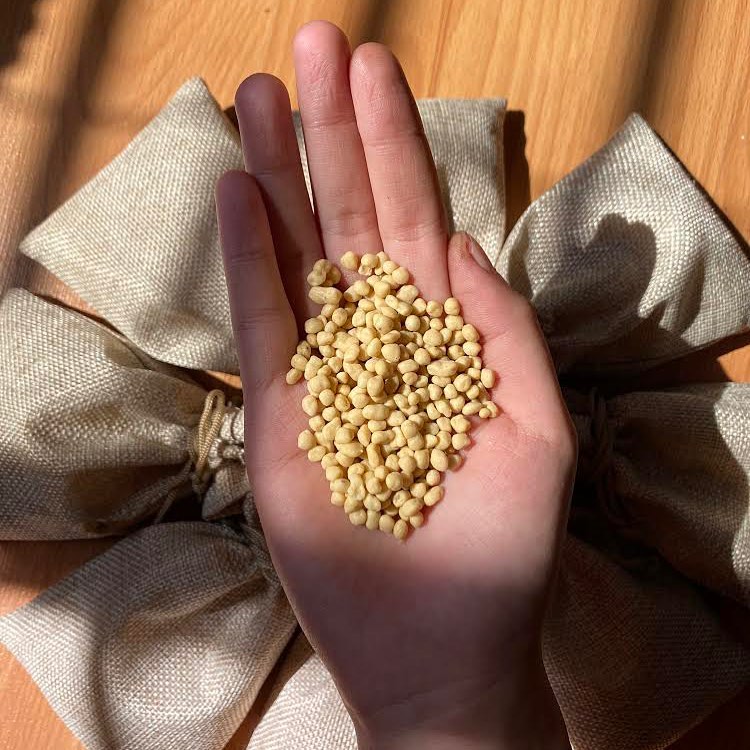If you looking for a long-lasting plant food then go with Slow Release Fertilizer for best plant growth all year round.
There are a range of fertilizers in the market that can confuse gardeners sometimes. When it comes to care part of the plant it is often suggested to fertilize the plant regularly. This topic of fertilizer is quite contradictory as many people prefer chemical over organic and vice versa. The primary reason for the wide variety of fertilizers is that different plants and soil types have distinct nutrient requirements. Fertilizers can supply these nutrients either immediately or gradually. Here you can learn about What is a Slow Release Fertilizer and When to Use It.
Slow-Release Fertilizers

Slow-release fertilizers gradually supply a steady amount of nutrients over time. These fertilizers can be natural, organic options that enrich the soil through decomposition. More commonly, however, slow-release fertilizers refer to products covered with plastic resin or sulfur-based polymers. These coatings break down slowly due to water, heat, sunlight, or soil microbes, releasing nutrients steadily.
Fast or quick-release fertilizer can be applied too much or wrongly diluted, which can lead to the burning of the plants. They are also drained fast from the soil due to frequent watering or rain. In contrast, slow-release fertilizers reduce the risk of fertilizer burn and remain in the soil for a longer period.
However, the price of slow-release fertilizer is a bit expensive per pound, but the rate of application is quite low. Hence, the cost of quick and slow-release fertilizers across the year is quite similar.
How and When to Use Slow-Release Fertilizer
Slow-release fertilizer can be used on a wide range of plant varieties, such as perennials, annuals, shrubs, turf grasses, and trees. It is available from reputed companies like Miracle-Gro, Schultz, Osmocote, Vigoro, and Scotts.
The slow-release fertilizers, like immediate-release ones, come with NPK ratings such as 10-10-10 or 4-2-2. The choice of these fertilizers should consider both your brand preference and the specific needs of the plants you are fertilizing.
Slow-release fertilizers, such as 18-6-12, typically have a higher nitrogen ratio for turf grasses. These fertilizers are often combined with herbicides to target common lawn weeds, making them unsuitable for use in flowerbeds or on trees and shrubs. In contrast, these fertilizers for flowering or fruiting plants generally have higher phosphorus ratios.
Calcium and magnesium should be included in the best slow-release fertilizer for vegetable gardens. Be sure to read product labels carefully.



